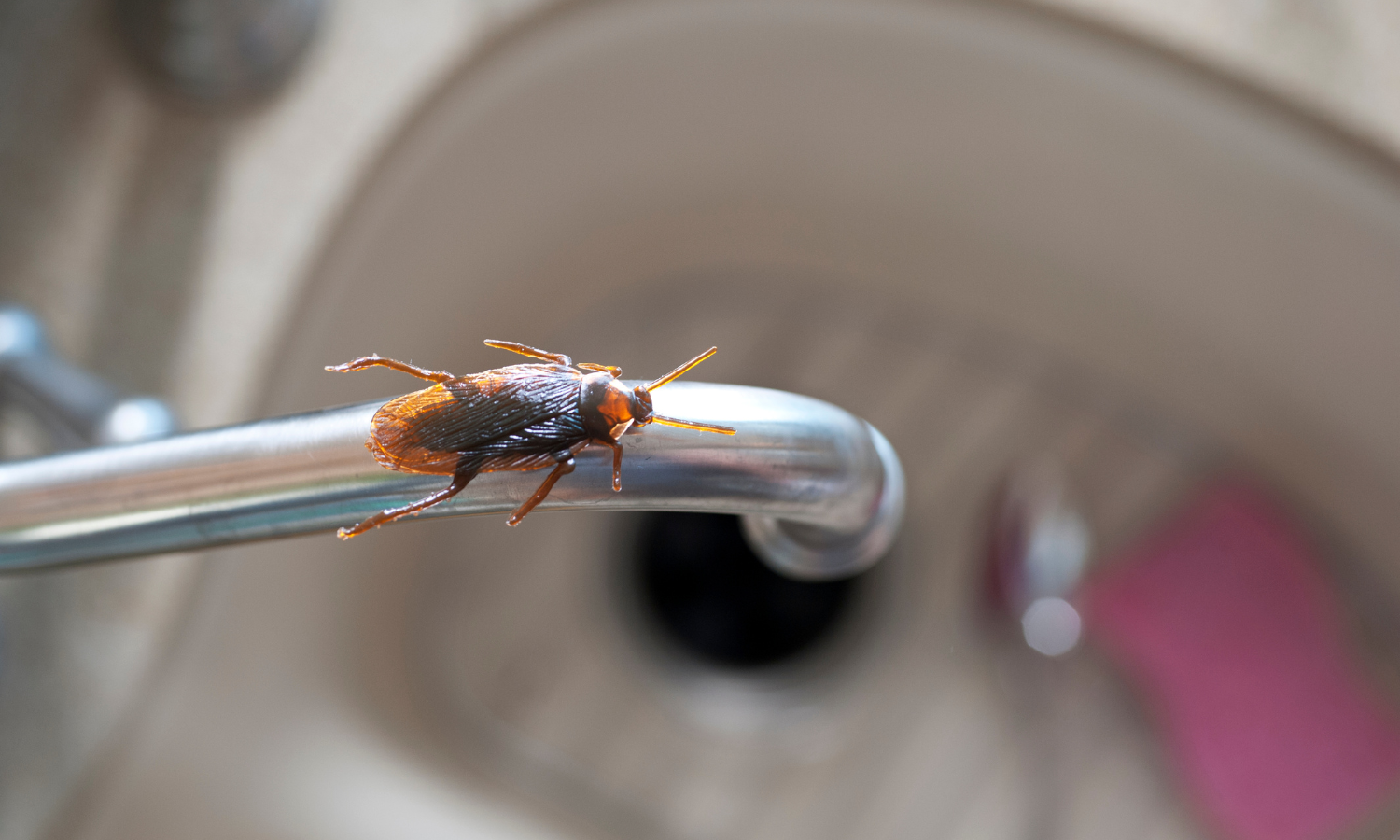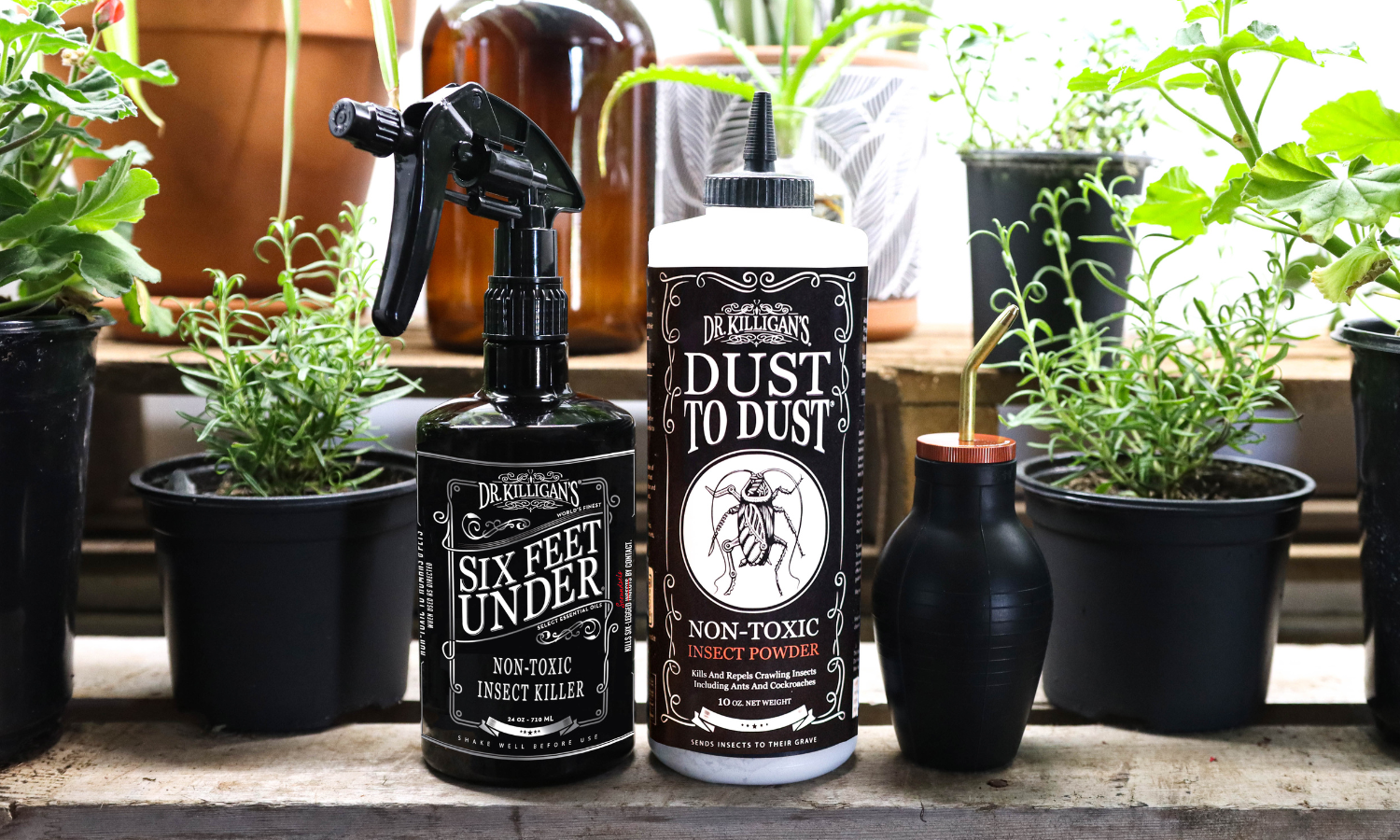Insecticide resistance is a challenge in pest control, threatening the effectiveness of chemical interventions that have been relied upon for decades. This phenomenon, first identified over a century ago, has seen pests evolve to withstand substances designed to eliminate them, leading to increased economic burdens and operational difficulties in agricultural and urban environments alike.
Real-world impact of insecticide resistance: The West Nile Virus challenge
A recent report by NBC News on the Centers for Disease Control and Prevention's (CDC) insect lab in Colorado highlights a concern in the fight against vector-borne diseases. Scientists at the CDC have observed that Culex mosquitoes, carriers of the West Nile virus, are showing increased resistance to the insecticides traditionally used to control their populations. This resistance complicates efforts to manage the spread of the virus, which has been documented to cause severe health consequences, as evidenced by the experience of John VanDenBerg, who suffered from a severe form of West Nile virus after being bitten by an infected mosquito.
The increasing resistance of mosquitoes emphasizes the need for pest solutions that include biological control, environmental management and the use of mechanical-kill tools like those offered by Dr. Killigan's. With the rise of insecticide-resistant mosquito populations, particularly in areas experiencing unusual weather patterns that favor mosquito breeding, the call for sustainable and effective pest control solutions has never been more critical.
The scale of resistance
The issue of insecticide resistance is not isolated or rare but widespread, affecting agricultural and urban pest management worldwide. Research, including a study published in the National Library of Medicine, has identified over 500 distinct pest species that have developed resistance to insecticides. This number showcases the adaptability of pests and the escalating challenge that resistance poses to effective pest control strategies.
Historical context of insecticide resistance: A continuing challenge
The battle against pest resistance began with the documentation of resistant cases in 1914, not long after the introduction of synthetic insecticides like DDT. Optimism was high at first, with new organic solutions promising a way to bypass resistance issues.

However, resistance emerged across all classes of insecticides, underscoring a complex problem with no simple solution. This historical perspective reveals a pattern of escalating challenges in pest control. Each generation of insecticides brought hope, quickly followed by the realization that resistance is an evolving threat, mirroring the adaptability of pests themselves. The cycle of introducing new chemicals only for pests to eventually overcome them underscores the resilience of nature and the limitations of relying solely on chemical solutions for pest control.
Over the decades, this ongoing struggle has led to a broader understanding of resistance mechanisms and the factors contributing to their development. It has highlighted the need for a more sustainable approach to pest control, one that integrates multiple strategies and reduces dependency on chemical insecticides. The history of insecticide resistance is not just a tale of scientific and technological advancement but a reminder of the intricate balance within ecosystems and the importance of respecting these natural dynamics in our efforts to control pests.
Causes and factors influencing resistance development
The development of resistance in pests to insecticides is influenced by several key factors:
- Genetic adaptability: Pests exhibit genetic variations, with some possessing mutations that make them resistant to insecticides. These resistant individuals survive pesticide applications, reproduce and increase the proportion of resistant pests.
- Intensive and repeated use of insecticides: Frequent application of the same insecticides leads to the selection of resistant pests, diminishing the effectiveness of chemical controls over time.
- High reproductive rates: Many pest species can reproduce quickly, spreading resistant genes throughout the population at a rapid pace.
- Inherent resistance levels: Some pests naturally have higher levels of resistance to certain insecticides, which can be exacerbated by selective pressure from pesticide use.
- Methods of insecticide application: The way in which insecticides are applied can influence the development of resistance. Ineffective application techniques can leave survivors that propagate resistance.
- Environmental pressures in agricultural and urban settings: Routine pest control in these environments creates selective pressure, ensuring only those pests resistant to chemicals survive and reproduce. This leads to a cycle of escalating resistance.
This cycle of resistance challenges the efficacy of traditional insecticides, often necessitating higher doses or the development of new chemicals. These measures can further impact the environment and non-target species negatively.
Cockroach resistance: A escalating concern
 Cockroaches have long been unwelcome inhabitants in urban environments, notorious not only for their resilience but also for their capacity to carry harmful pathogens like E. coli and salmonella. A study from Purdue University highlights a formidable challenge in the battle against these pervasive pests: the rapid development of cross-resistance to multiple classes of insecticides. This phenomenon is rendering traditional chemical-based extermination methods increasingly ineffective, especially against species like the German cockroach (Blattella germanica L.), known for its adaptability and resistance prowess.
Cockroaches have long been unwelcome inhabitants in urban environments, notorious not only for their resilience but also for their capacity to carry harmful pathogens like E. coli and salmonella. A study from Purdue University highlights a formidable challenge in the battle against these pervasive pests: the rapid development of cross-resistance to multiple classes of insecticides. This phenomenon is rendering traditional chemical-based extermination methods increasingly ineffective, especially against species like the German cockroach (Blattella germanica L.), known for its adaptability and resistance prowess.Comprehensive impacts of insecticide resistance: An integrated perspective
Insecticide resistance has profound implications across economic, environmental and health domains, challenging the efficacy of traditional pest control and demanding a strategic shift towards safer alternatives.
Economic impact:
- Increased Management Costs: Resistance necessitates more frequent and higher doses of pesticides, inflating the cost of pest control, potentially by up to $40 million annually, as noted by the National Center for Biotechnology Information. This underscores the urgent need for more sustainable solutions.
- Cycle of Inefficacy: As pests develop resistance, the development of new insecticides struggles to keep pace, leading to higher costs and diminished effectiveness.
Environmental impact:
- Loss of biodiversity: Over-reliance on chemical controls causes biodiversity loss, harming non-target species essential for ecological balance. Research from the University of Koblenz-Landau and the University of Natural Resources and Life Sciences, Vienna, indicates a pressing need for eco-friendly pest management.
- Ecosystem degradation: Pesticide runoff degrades ecosystems, impacting water and soil quality, and disrupts natural processes, highlighting the need for sustainable practices that reduce environmental harm.
Health impact:

- Broad spectrum of risks: Health risks from insecticide exposure range from immediate issues like respiratory problems and skin irritation to long-term effects such as cancer, endocrine disruption and reproductive harm. The Environmental Protection Agency (EPA) notes that some pesticides are potential carcinogens, underscoring the importance of minimizing exposure.
- Need for safer methods: Reducing chemical use in pest control significantly lowers health risks. Integrating safer pest management methods can protect individuals and communities from harmful exposures.
Mechanisms of resistance
Pests have developed sophisticated mechanisms to withstand insecticides, demonstrating the adaptability and resilience of nature. Behavioral adaptations, such as avoiding treated areas, limit contact with insecticides. Physiological changes, including a thicker cuticle, reduce insecticide absorption, while metabolic detoxification processes break down toxic substances before they can cause harm. Additionally, pests can alter the molecular targets within their bodies that insecticides are designed to attack, rendering the chemicals ineffective.
A compelling example of such adaptability is seen in fire ants, which exhibit a unique behavioral resistance strategy. Research published by the Agricultural Research Service (ARS) discovered that fire ants are capable of using soil particles to cover surfaces treated with insecticides while foraging. This innovative behavior significantly diminishes the efficacy of certain insecticides against fire ants, marking the first documented evidence of this type of insecticide resistance strategy in ants.
Strategies for managing resistance: Enhanced integrated pest management
Adopting a comprehensive approach to managing insecticide resistance involves:
Strategic monitoring and minimal intervention
- Proactive pest surveillance: Monitoring for pest populations often involves the use of traps, visual inspections and even pheromone attractants to identify the type and extent of the pest presence. Utilizing Dr. Killigan's Fly Inn, a discreet and effective trap, can help monitor and control flying insects indoors, as can Dr. Killigan’s Pantry Moth Traps and Dr. Killigan’s Clothing Moth Traps.
- Threshold-based treatments: Establishing action thresholds is crucial. This means not always applying treatments at the first sight of pests, but when the population reaches a level where it could cause significant harm. For example, seeing a few aphids on your plants doesn't immediately necessitate treatment, but a large colony that starts to affect plant health does.
Diverse and innovative control tactics
- Physical barriers and traps: Installing fine mesh nets around vegetable gardens can prevent pests like cabbage moths from laying eggs on the plants. Similarly, using a floating row cover can protect crops from various insects while still allowing light and water to penetrate. For rodents, snap traps or live traps offer a non-toxic way to control populations.
- Biological control: Introducing or encouraging natural predators into your garden is an effective way to manage pests. Ladybugs and aphid lions (lacewing larvae) are voracious eaters of aphids and can be introduced to the garden as adults or encouraged to stay by planting pollen-rich flowers. For guidance on which plants can help repel insects and attract these beneficial predators, Dr. Killigan's article "Which Plants Repel Insects?" is a great resource.
- Ecosystem and crop management: Residue management involves practices like crop rotation, cover cropping and the removal of post-harvest residues to disrupt the life cycle of pests. For instance, rotating crops annually can prevent the build-up of soil-borne diseases and pests that specialize in certain plants. Incorporating cover crops like clover or rye can improve soil health and suppress weed growth, reducing the habitat for pests.
Implementing Dr. Killigan's non-toxic Arsenal
In the fight against insecticide resistance, Dr. Killigan's offers pioneering, eco-friendly products designed to safeguard your home and garden without compromising the health of your family or the environment. Here's two Dr. Killigan's products that stand out:
Dust to Dust Plant-Powered Insect Powder


- Key benefit: Beyond its efficacy in pest elimination, Dust to Dust enriches plant health with beneficial silica, promoting stronger, more resilient plant growth. This dual-action formula ensures pests are managed without sacrificing soil quality or plant vitality.
- How it works: Featuring a cutting-edge blend of micronized silica particles and premium nano-tech essential oils, Dust to Dust targets pests physically, by compromising their exoskeletons, leading to dehydration and death. This method prevents pests from developing resistance, offering a long-term solution to pest control.
Ideal use: Perfect for a broad application, from garden beds to indoor plants. Dust to Dust is designed for versatility, effective on a variety of pests including aphids, spider mites and beetles. Apply directly to the soil or foliage to create a protective barrier that guards against pests while nurturing plant health.
Six Feet Under Plant-Powered Insect Spray

- Key benefit: Delivers swift, on-contact pest elimination with a residual effect that lasts up to 30 days. This powerful spray not only addresses immediate pest concerns but also provides ongoing protection, reducing the likelihood of future infestations.
- How it works: Six Feet Under's potent formula combines fast-acting natural ingredients with a residual protective layer, ensuring pests are repelled or eliminated upon contact. This spray is particularly effective against a wide range of insects, making it a versatile tool in any pest management strategy.
- Ideal use: Formulated for flexibility, Six Feet Under can be applied directly to insects or used as a preventive measure around entry points and high-traffic areas. Its efficacy and safety make it ideal for both indoor and outdoor use, protecting your space from ants, roaches, mosquitos and more without harmful chemicals.
Conclusion: Embrace a sustainable future in pest management
The journey through understanding insecticide resistance reveals a pressing global challenge that transcends simple fixes and demands a concerted shift towards more innovative and sustainable pest management strategies. As we stand at this critical juncture, the path forward is clear—embracing diversity in our approach to pest control and reducing our reliance on chemical solutions that only offer temporary reprieves and lead to greater problems.

Dr. Killigan's embodies this shift, offering a beacon of hope with its array of non-toxic, eco-friendly solutions designed to tackle pest issues head-on without compromising the health of our planet or our families. From the immediate efficacy of Six Feet Under Plant-Powered Insect Spray to the dual-action benefits of Dust to Dust Plant-Powered Insect Powder, these solutions not only address pest concerns but also contribute positively to the ecosystem and plant health.
The battle against insecticide resistance is not one to be fought with chemicals alone. It requires a holistic approach that incorporates strategic monitoring, innovative control tactics and a deep respect for the balance of nature. By adopting integrated pest management practices and supporting them with products like those offered by Dr. Killigan's, we can forge a path to a future where effective pest control and environmental stewardship go hand in hand.
As we close this discussion, let us take these insights and transform them into action. Explore Dr. Killigan's arsenal of non-toxic solutions, educate yourself on the principles of integrated pest management and join the movement towards a more sustainable and health-conscious approach to pest control. Together, we can tackle the challenges of insecticide resistance and pave the way for a safer, greener future.





















